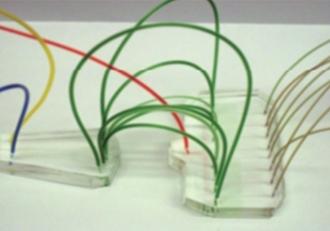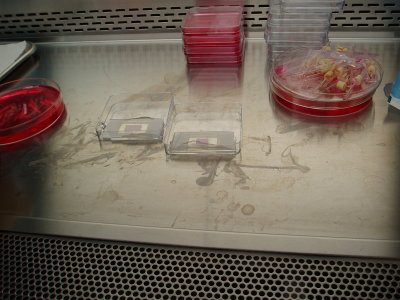

Our research seeks to understand cognition and learning in interdisciplinary settings. For this, we study the practices of scientists in cutting-edge research laboratories, primarily in the engineering sciences.
Based on analysis of data from these studies, we then design classroom strategies that bring student skills closer to actual research practice. For instance, we have developed Problem-Based Learning classes and instructional laboratories in Biomedical Engineering (BME), which assist undergraduate students in learning model-based reasoning skills.

Our research also contributes to policy frameworks that seek to foster closer coordination between interdisciplinary communities, as well as to the design of new computing systems that support innovation and creativity.
In the current project, we are studying research and learning practices in two integrative systems biology labs. In previous projects, we studied practices in interdisciplinary tissue engineering, neural engineering, and bio-robotics. Publications from our projects are available here.
We focus on a range of issues that lie at the interface of cognitive science, science studies, philosophy of science, and learning sciences. These include the role of physical and computational models in innovation and discovery, learning of modeling practices, the co-evolution of researchers and technologies in complex cognitive-cultural systems, and the nature of creativity and innovation in experimental designs.
Our investigations are based primarily on ethnographic observations and interviews, and cognitive-historical analyses of the evolving practices and technologies.



Our group is itself an interdisciplinary culture, with expertise in philosophy and history of science, linguistics, ethnography, cognitive science, cognitive psychology, theoretical psychology, human-centered computing, intelligent systems, and design cognition.
The CLIC research group appreciates the support of grants from the National Science Foundation DRL0106773, DRL0411825, and DRL097394084 to Nancy J. Nersessian and Wendy C. Newstetter and from the National Endowment for the Humanities to Nancy J. Nersessian.